All about sprinkling grapes in spring
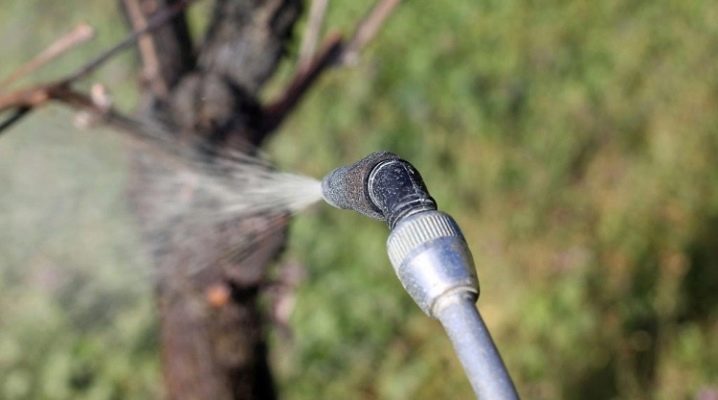
The first treatment of grapes after opening in early spring is carried out before bud break by spraying the vine. But, in addition to this necessary protection measure, there are other procedures to protect plants from diseases and pests, stimulating the growth and development of shoots. A detailed overview with step-by-step action plans will help you understand how and when you can treat grapes with iron sulfate or other chemicals.
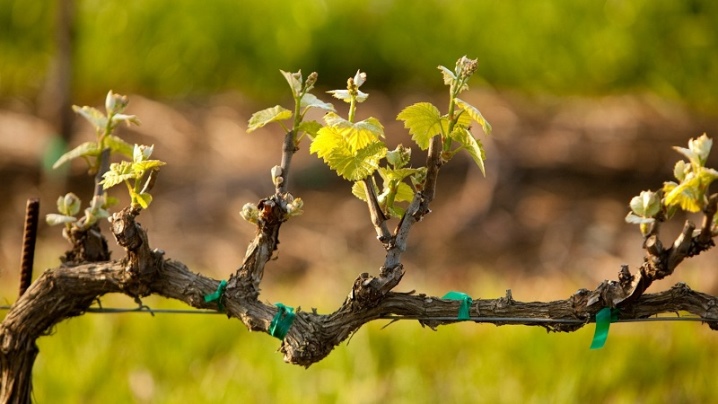
The need for a procedure
Spraying grapes in spring is a necessary measure to take care of the plants and prepare them for the new fruiting season. Many garden pests and pathogens hibernate in the soil or buds, awakening with the onset of warm days. Timely preventive treatment helps to reduce the risks of infection, gives an immunostimulating boost to plants. Neglecting spring protection measures, the vine grower leaves open paths for infecting grapes:
- powdery mildew, covering the leaves with a characteristic white bloom;
- mildew, giving yellow spot;
- white, gray or black rot;
- anthracnose.
And also aphids, spider mites, phylloxera can winter on the bushes. In the spring, when the vine wakes up, leaf rollers, thrips, and slugs begin to take an active interest in young shoots. The signs of an infestation in the bushes look quite obvious. Leaves and cuttings are damaged or discolored. Deformation, drying of the shoots occurs.
All these symptoms require an immediate response even before the plants enter the flowering stage, otherwise it will be difficult to wait for the harvest.
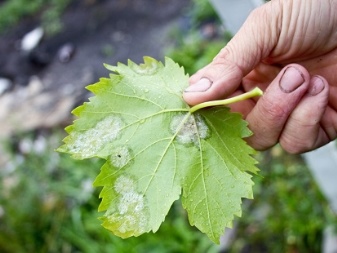
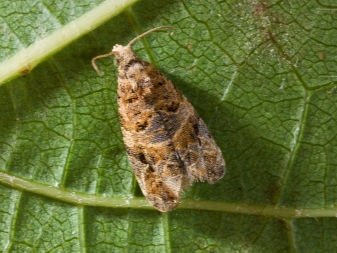
What means are used?
The vineyard in the spring must be treated against diseases - mildew, oidium, as well as from pests. For these purposes, complex preparations are used, as well as individual means of biological or chemical action.
Some modern manufacturers produce combined insecticidal and fungicidal spray formulations. But grapes also need local treatments to combat specific sources of problems.
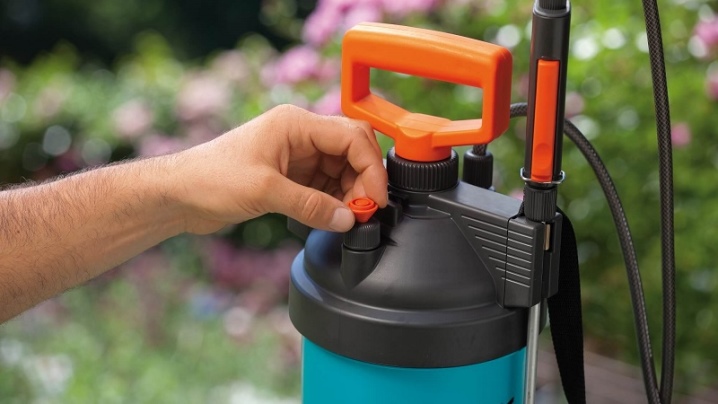
Chemical
Among the preparations used in the processing of the vineyard in the spring, it is the agents of this group that show themselves better than others. Plants entering the growing season can be sprayed with different means.
- Inkstone. Usually it is used in the fall, but in the spring, this spraying will also bring results. Spray the solution over the bare vine.
- Copper sulfate. In viticulture, it is used in the form of a 3% solution. Copper sulfate acts in a complex way, killing fungal spores, repelling insects, and provides additional feeding. The tool is presented in the form of a crystalline powder of blue color, has a contact, surface effect. It is used to combat downy mildew, gray, white and black rot, anthracnose.
- Urea (urea). A means that is a source of nitrogen. In foliar application, it also possesses fungicidal properties.
- Bordeaux liquid. It contains sulphate copper and quicklime, which reduce acidity. The composition has been used for many years as a fungicide in vineyards in Bordeaux.
- Horus. This fungicidal preparation belongs to the systemic category, presented in the form of water-dispersible granules with a content of 75% cyprodinil.The remedy is effective against the most common fungal diseases - powdery mildew, spot, rot, mildew and powdery mildew. Application of a chemical pesticide is recommended on bare vines, before bud break.
- Colloidal sulfur... This chemical is highly effective against both fungi and insect pests. Sulfur is harmful to mildew and mildew pathogens.
- "Quadris"... The drug based on azoxystrobin can be combined well with other types of fungicides. It is suitable for processing before and after flowering. It successfully fights downy mildew and powdery mildew.
- Bi-58. Contact action insecticide. Effective when the atmospheric temperature rises to +10 degrees or more. The ampoule is dissolved in a bucket of water. The product destroys spider mites, aphids, and other types of insects.
- Ridomil Gold... Combined systemic drug capable of penetrating plant tissues. It has a prophylactic effect against most fungal diseases. Spraying is performed repeatedly from the moment the buds bloom, with an interval of 14 days.
The main features of chemicals are their limited action. Some are effective only when applied by contact. As soon as the leaves begin to actively form in the plant, it is worth moving on to means of cumulative action and systemic fungicides.
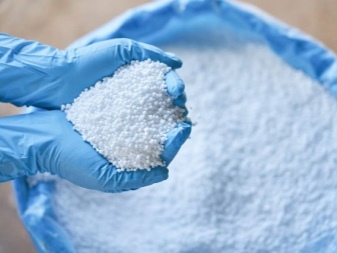
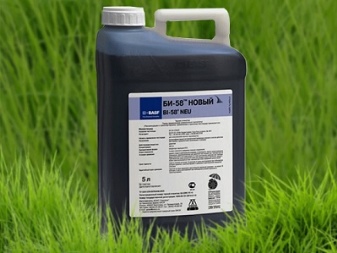
Biological
This group of drugs contains substances that are natural enemies of pathogenic microflora. Here are the most famous ones.
- Mikosan... The active ingredient in this remedy is called the same as the drug itself. Spraying is carried out on the first leaves in a proportion of 250 ml per 10 liters of water. A feature of the biological product is the prohibition on its joint use with other formulations. Mikosan effectively suppresses fungal and bacterial microflora, destroys viruses.
- "Fitosporin-M"... Another preparation with a biological base from a mixture of humin and hay bacillus. Spring processing is carried out during the budding period, then again at the end of flowering. The solution is prepared in 2 stages with a change in concentration.
- "Aktofit"... A biological product for spraying based on agravertine, a waste product of a soil fungus. The remedy helps to fight the spider mite and bunchy leafworm on grapes.
- "Trichodermin"... It is based on a saprophyte capable of destroying organic matter. The drug is effective against more than 50 types of infectious diseases. Release form - granules or liquid. Low-toxic agent is well suited for combination with other drugs, the treatment is performed twice, on the first leaves, and then 3 weeks after their appearance.
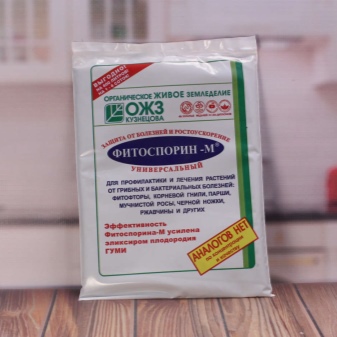

Folk
For the spring treatment of vineyards, folk remedies can be used. Most often they are prepared based on the available ingredients.
- Garlic... A decoction is prepared from its heads of last year's harvest - enough 100 g per 1 liter of water, the resulting product is infused for 2-3 hours, filtered, diluted to 1.6 liters. Mildew treatments are carried out 2-3 times with an interval of 5 days.
- Milk... A liter of whey or slightly sour product is mixed with 10 liters of water. This spraying prevents the spread of powdery mildew.
- Potassium permanganate... A mixture of 10 liters of water and 3 g of powder is enough. A weak solution disinfects the soil, eliminates spores of fungal diseases. Such a remedy is safe to use even during flowering and fruiting.

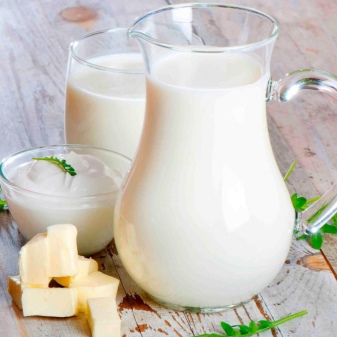
Processing schemes
The standard scheme for spring processing of grapes involves at least 3 procedures. The first - ferrous sulfate - is considered optional, but is used by most experienced vine growers. It is necessary to spray the bushes in early spring immediately after opening, in March, before bud break, the appearance of young shoots. Treatments for preventive purposes, but with different dosages of funds, are stored until autumn. The spraying schedule is worth studying in more detail.
The main stages are as follows.
- After removing the shelter... Plants are tied up, sprayed with compounds of complex action. Spraying can be repeated after 10-14 days.
- By the blossoming buds, with the appearance of the first leaves.
- At the stage of budding... During this period, professional treatments are used without pesticides, with a minimum concentration of active substances.
The characteristics of each spraying also matter. It is worth considering them in more detail.

In early spring
On bare vines, processing begins when the air in the vineyard warms up to +4 degrees Celsius and above. During this period, contact agents are considered the most effective, forming a protective film on the surface of the vine. They work best with a preventive spraying against fungus. It is important to spray the funds not only on the shoots, but also on the surface of the soil, where pests may be hiding.
If copper sulfate is used for spring processing, the solution is prepared exclusively in non-metallic containers. For young bushes, a mixture of 50 g of powder and 10 liters of water is enough. For mature vines, the amount of copper sulfate is doubled.
Bordeaux vineyard liquid is used both on bare branches and leaves. You can make a mixture yourself by combining the following ingredients:
- 300 g quicklime;
- 300 g of copper sulfate;
- 10 liters of water.


All components are connected in a specific order. First, the water is heated to +60 degrees, otherwise the ingredients will not dissolve. Then lime is poured to the bottom of an empty bucket, filled with 1/5 of the total volume of liquid. This will activate the process of its extinguishing. Separately, in another container, combine the remaining water with copper sulfate. The resulting base is poured into a bucket of lime. All ingredients are mixed with a wooden stick. Then the composition is cooled and filtered. After that, you can immediately proceed to spraying, since the solution is not stored for a long time. After 5 hours, it will change its consistency.
Colloidal sulfur is effective not only in bare vines. But in early spring, a solution of 40 g of powder in 10 liters of water helps to increase the protection of young plants. Usually, spraying with it is combined with treatment with copper-containing preparations. It is important to take into account that the insecticidal properties of colloidal sulfur are better manifested at an atmospheric temperature of at least +18 degrees, and during the flowering period, spraying can be repeated.
Insecticidal treatments on bare branches, swelling buds are carried out with the drugs "Vermitic" or "30B". The products are not suitable for use during other growing seasons.
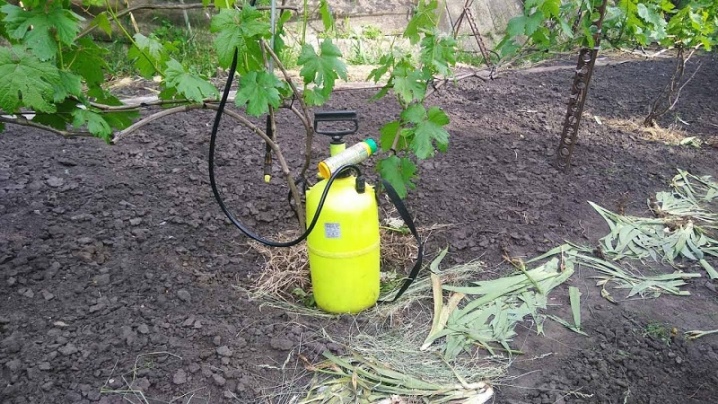
On the forming leaves
During this period, spraying is performed with systemic fungicides or biological products, repeating the procedure 2-4 times. The main problem is represented by fungal diseases, the causative agents of which are actively spreading with an increase in atmospheric temperatures. Plants will have to be protected from mildew, oidium, anthracnose and black spot. For processing at this stage, before flowering, use compatible chemicals "Quadris", "Ridomil Gold".
It is important to alternate them periodically to avoid the development of fungicide tolerance in pathogenic fungi.
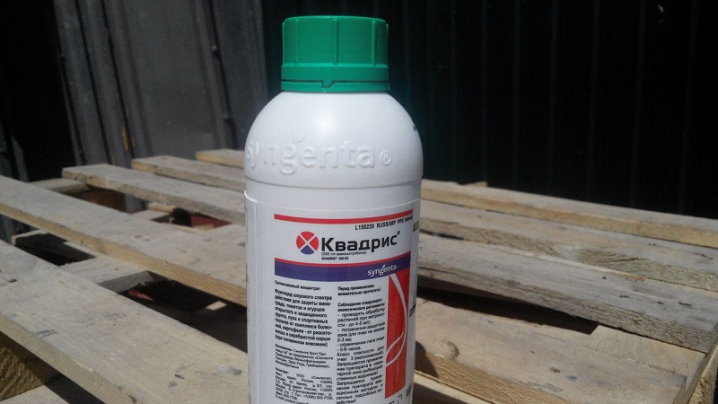
At the stage of budding
During this period, systemic drugs are mainly used. Treatments are performed twice, when signs of a disease are detected, their number is increased up to 4 times. At this stage, it is better to abandon pesticides in favor of Trichodermina, Mikosan and other biological products.
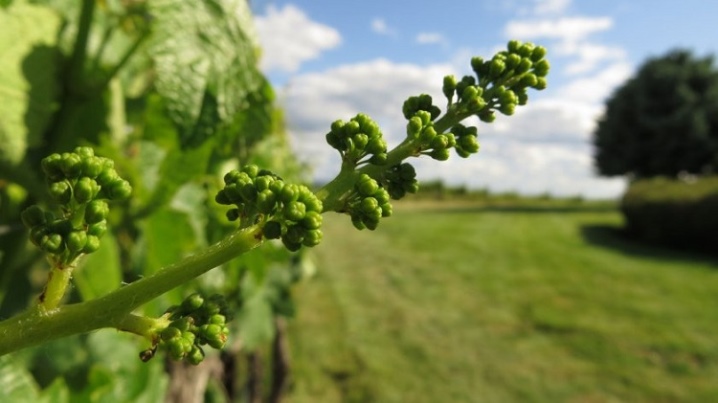













The comment was sent successfully.